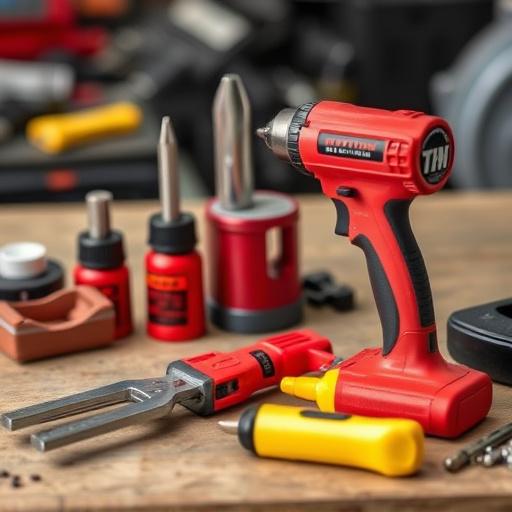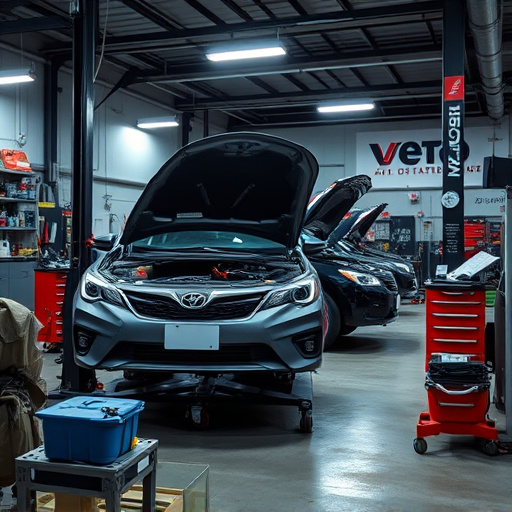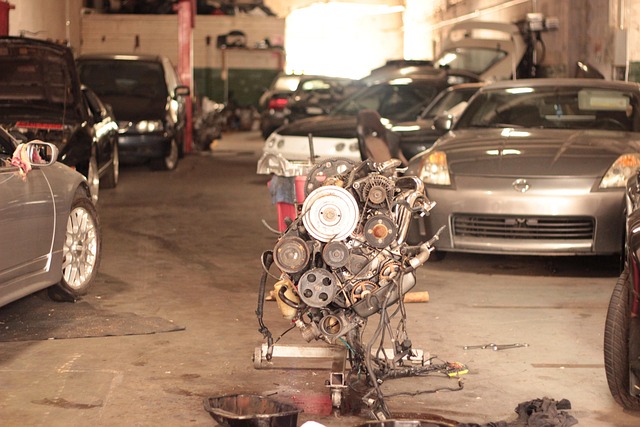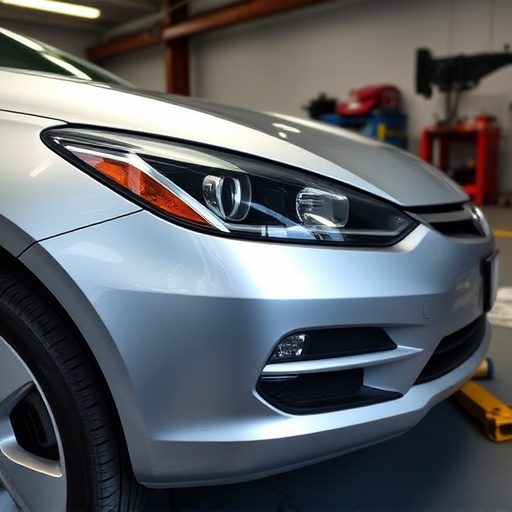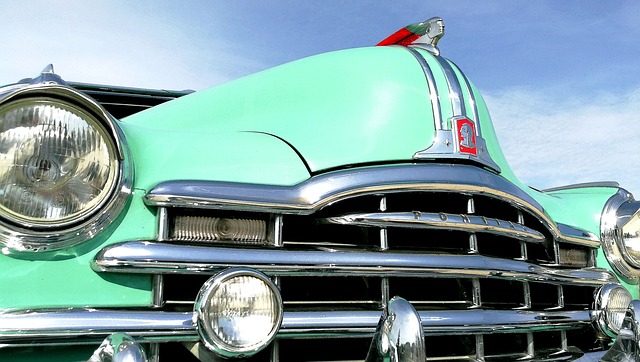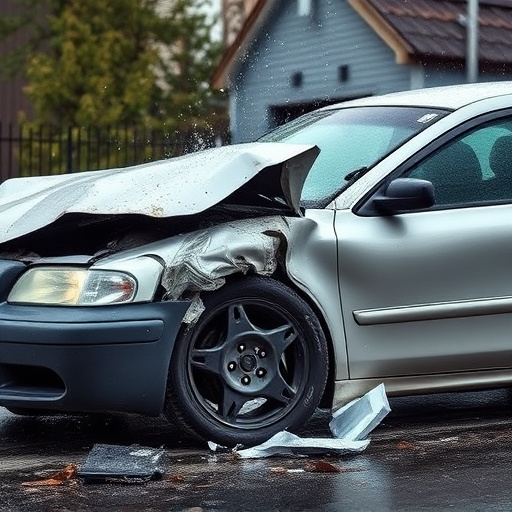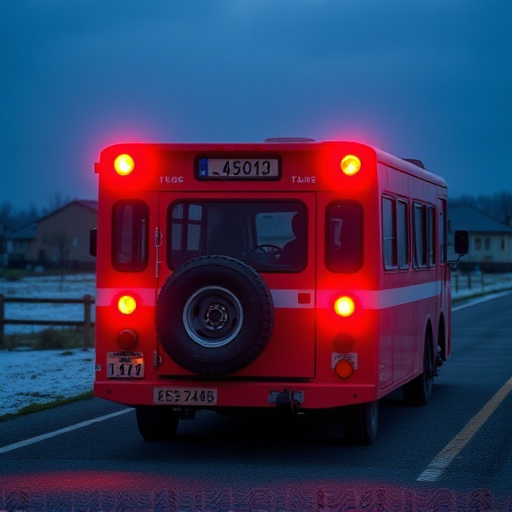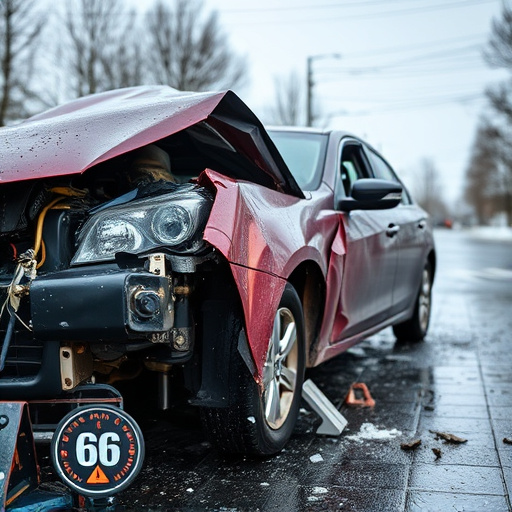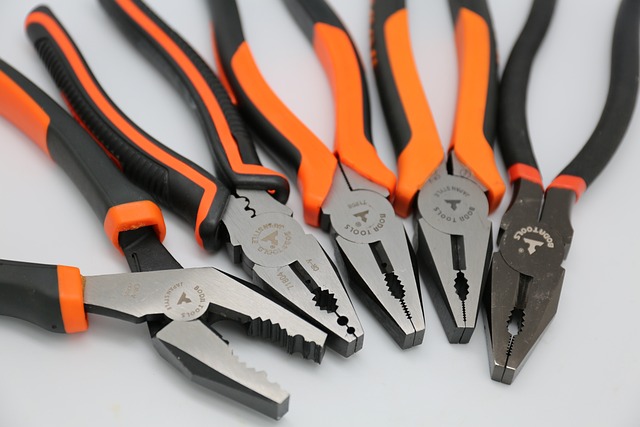Car paint restoration is a meticulous art that combines protection and visual enhancement. It requires skilled technicians to assess factors like paint type, age, and prior repairs before tailoring their approach. This involves surface preparation, color matching, and expert application techniques using high-quality materials. The success of car paint restoration depends on expertise, proper tools, and top-tier materials to achieve seamless, durable finishes that integrate with the vehicle's body.
Car paint restoration is an art that transforms damaged vehicles into like-new beauties. Understanding the process involves grasping the scope of what’s involved—from assessing dents and scratches to matching colors precisely. This article delves into the critical factors that determine car paint restoration success, focusing on expertise, tools, materials, and techniques used by professionals. By the end, you’ll be equipped with knowledge to appreciate the intricate work that goes into restoring your vehicle’s glossy finish.
- Understanding the Scope of Car Paint Restoration
- Key Factors for Achieving Optimal Results in Paint Restoration
- The Role of Expertise, Tools, and Materials in Car Paint Restoration Success
Understanding the Scope of Car Paint Restoration
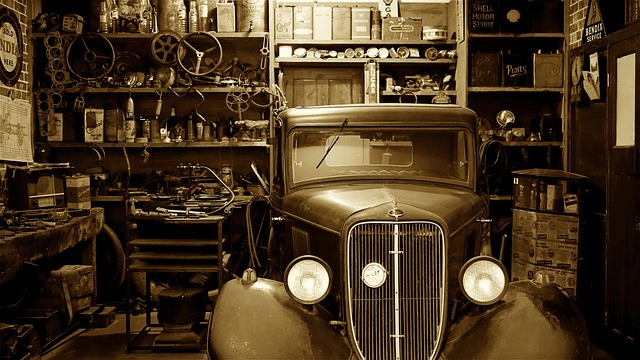
Car paint restoration is a meticulous process that involves repairing and rejuvenating a vehicle’s exterior surface. It’s more than just applying a fresh coat of paint; it aims to restore the car’s aesthetic appeal, protect its underlying structure, and ensure long-lasting results. The scope of this process encompasses several critical factors, from assessing the extent of damage or degradation to selecting appropriate restoration techniques and materials.
Understanding the unique requirements of each vehicle is key. Factors like the type of paint, age, condition of the base coat, and previous repairs influence the approach taken in auto painting and body restoration. Vehicle restoration isn’t a one-size-fits-all endeavor; it demands a tailored strategy to address surface imperfections, corrosion, or even complete repainting. By carefully evaluating these elements, restorers can achieve exceptional outcomes that enhance the car’s overall appearance and value.
Key Factors for Achieving Optimal Results in Paint Restoration
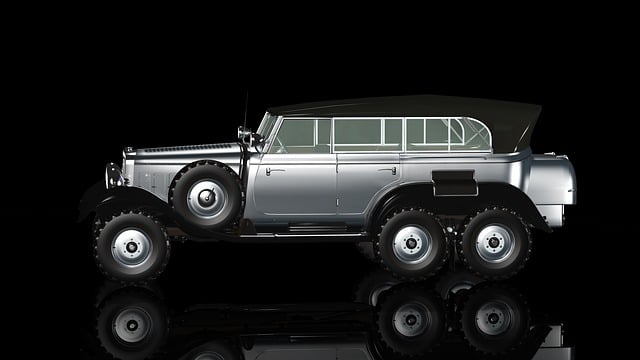
When it comes to achieving optimal results in car paint restoration, several key factors play a crucial role. Firstly, proper preparation of the vehicle’s surface is essential. This involves thoroughly cleaning and degreasing the area to be restored, ensuring no contaminants remain that could hinder the bonding process of new paint. Skilled technicians use specialized tools and techniques to sand and smooth any imperfections in the existing paintwork, creating a clean canvas for the restoration process.
Secondly, the selection of high-quality paints and coatings is vital. Reputable car paint services offer a range of options tailored to specific vehicle makes and models, ensuring color accuracy and long-lasting durability. Proper mixing and matching of colors, along with meticulous application techniques by experienced auto repair services, guarantees a seamless finish that blends flawlessly with the original vehicle body repair. Additionally, giving adequate time for proper drying and curing of the paint ensures optimal adhesion and longevity of the restoration work.
The Role of Expertise, Tools, and Materials in Car Paint Restoration Success
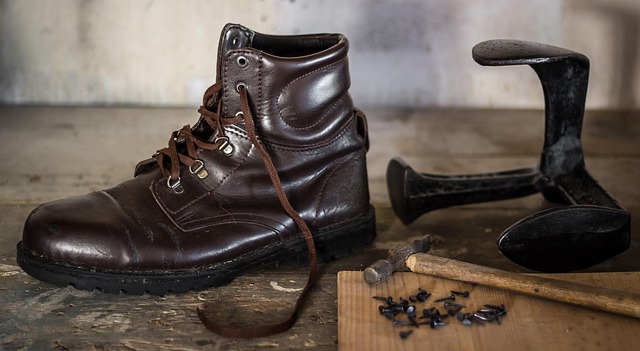
The success of car paint restoration heavily relies on three key components: expertise, tools, and materials. Skilled technicians with vast knowledge in automotive painting are indispensable. Their proficiency ensures precise matching of colors, understanding of various paint systems, and the ability to apply coatings evenly and efficiently. The right tools, such as high-quality brushes, rollers, and spray guns, play a crucial role in achieving a flawless finish. These tools enable detailed work, ensuring no missed spots or uneven application.
Additionally, selecting top-tier materials is essential for long-lasting results. High-performance paints designed specifically for automotive use, along with primer and clear coats, significantly impact the final aesthetic. Choosing products from reputable manufacturers ensures compatibility with the car’s existing bodywork and compatibility with auto glass repair or auto collision repair processes, ultimately contributing to a successful restoration.
Car paint restoration success hinges on a multifaceted approach. By understanding the scope of the process, utilizing optimal tools and materials, and leveraging expertise, enthusiasts and professionals alike can achieve impressive results. These key factors ensure that every repair not only matches the original finish but also enhances the car’s overall aesthetic appeal, preserving its value for years to come.
